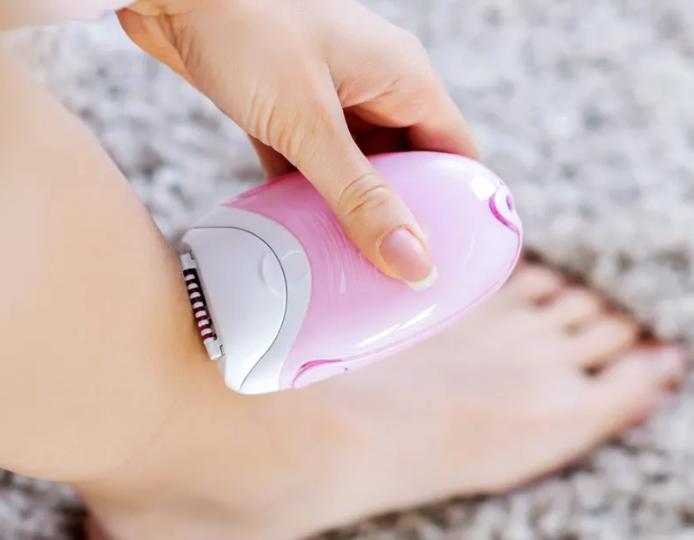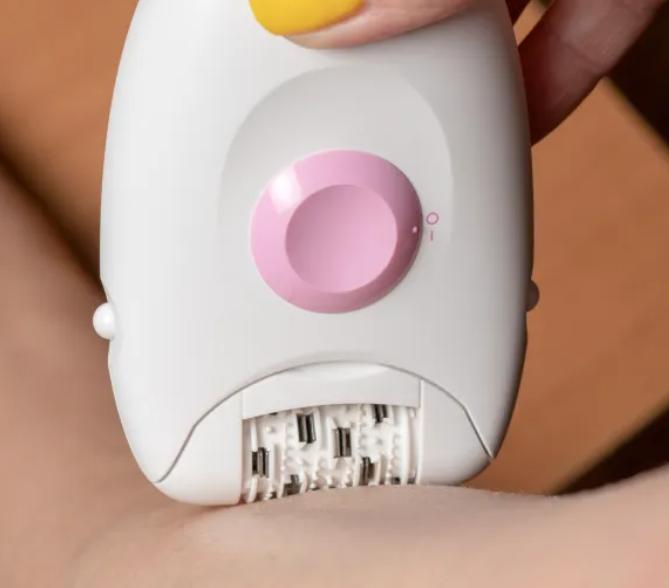What Is an Epilator and How Does It Really Work?
Hair removal is a significant part of many people’s grooming routines. Among the various methods available, using an epilator has gained popularity for its effectiveness and long-lasting results. If you’re wondering what is an epilator and how it differs from other tools, this guide is for you. Understanding what an epilator is and how it works can help you determine if it fits your hair removal needs. This blog will explore the key aspects of an epilator, including its function, types, steps for use, safety tips, and more to ensure you are well-informed. Whether you're new to epilation or switching from another method, learning the proper techniques can make a big difference in comfort and results. Read on to discover how to use an epilator the right way—especially if it’s your first time.

What Is an Epilator?
Definition and Basic Function
An epilator is an electrical device designed to remove hair directly from the roots. It works by grabbing multiple hairs simultaneously and pulling them out. Unlike shaving, which cuts hair at the skin level, an epilator provides a longer-lasting hair-free period, similar to waxing.
Types of Epilators (Spring, Rotating Disc, Tweezer)
There are several types of epilators available:
Each type has its strengths and suits different preferences and budgets.
How Does an Epilator Work on Hair?
Step-by-Step Process of Hair Removal
Epilators work by grasping multiple hairs at once and pulling them out from the root. Here’s how the process unfolds: 1. Switch on the epilator, setting it to the desired speed. 2. Glide the device over the skin, letting the rotating motion of the tweezers or discs grab and remove the hairs. 3. The epilator catches the hair and pulls it out cleanly from the follicle.
What Happens Beneath the Skin Surface
When an epilator pulls hair from the root, it also removes the hair bulb, disrupting the hair growth process. This leads to slower regrowth and weaker hair over time. The removal process can stimulate the skin slightly, but this is temporary and usually fades quickly.
Is Using an Epilator Painful or Safe?
Common Side Effects and Safety Tips
Using an epilator can cause mild discomfort, especially for first-time users. Common side effects include redness, swelling, and minor irritation. To minimize these, it’s important to follow safety tips: - Exfoliate before use to prevent ingrown hairs. - Hold the skin taut to reduce pain. - Use the device at night to allow redness to fade by morning.
Pain Level and How to Minimize Discomfort
While epilating can be more painful than shaving, the pain reduces with regular use. Beginners can: - Use numbing creams. - Choose epilators with built-in massagers or cooling gloves. - Start with lower speed settings.
How to Use an Epilator Properly: Step-by-Step Guide
Prepping the Skin Before Use
Preparation is crucial for effective epilation: 1. Cleanse the skin to remove oils and dirt. 2. Exfoliate to help prevent ingrown hairs. 3. Ensure the skin is dry, as wet skin can make hair removal less efficient.
Epilating Techniques for Different Body Areas
Aftercare to Soothe and Protect Skin
Post-epilation care involves: 1. Applying a gentle, alcohol-free moisturizer to soothe the skin. 2. Avoiding tight clothing that could irritate the skin. 3. Exfoliating regularly to maintain smooth skin and prevent ingrown hairs.

Conclusion
Epilators offer a convenient, effective way to achieve smooth, hair-free skin with longer results compared to shaving. What is an epilator? It is a handheld device that removes hair from the root using rotating tweezers or discs. While the process may involve initial discomfort, the benefits of slower regrowth and softer hair make it worthwhile. By following the proper steps and care tips, you can incorporate epilation into your beauty routine safely and effectively.
FAQ
How often should I use an epilator?
Using an epilator every three to four weeks is ideal. However, this can vary based on your hair growth rate and personal preference.
Can I use an epilator on my face?
Yes, specific facial epilators are designed for delicate skin areas like the upper lip and chin. Always use a model intended for facial use.
What is better: epilator or waxing?
Both have pros and cons. Epilators offer convenience and lower costs long-term. Waxing can be quicker and may cover larger areas at once. The better option depends on personal preference and skin sensitivity.
